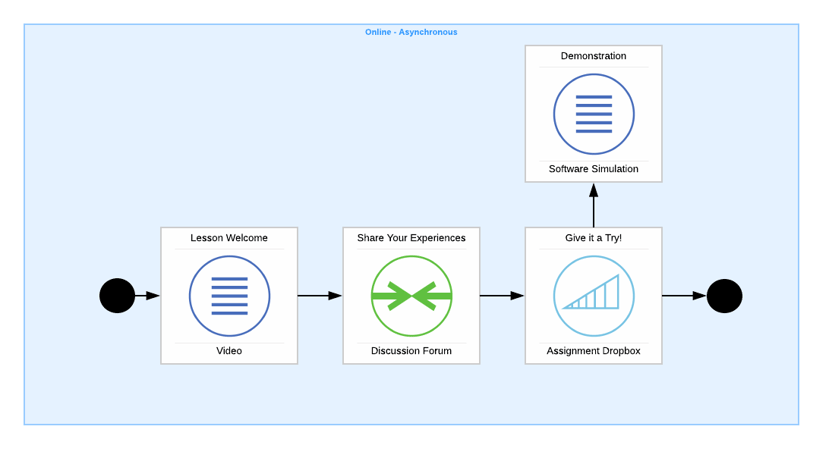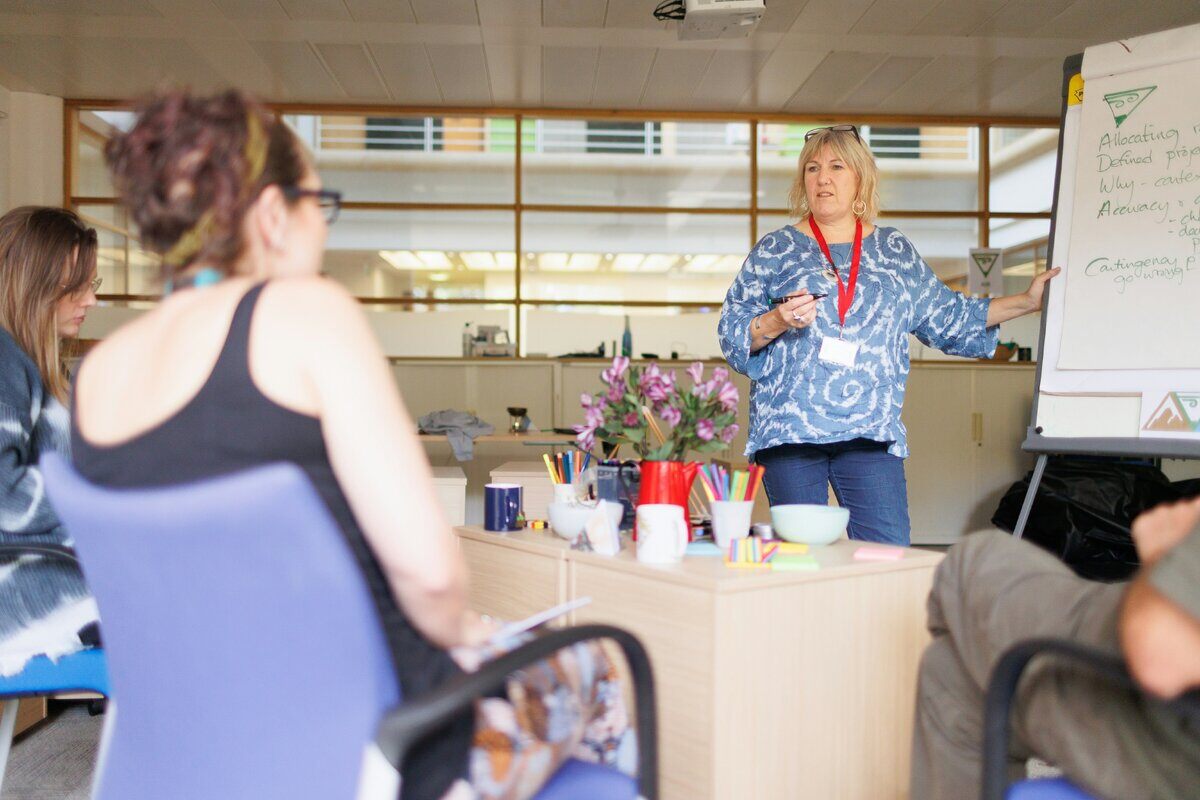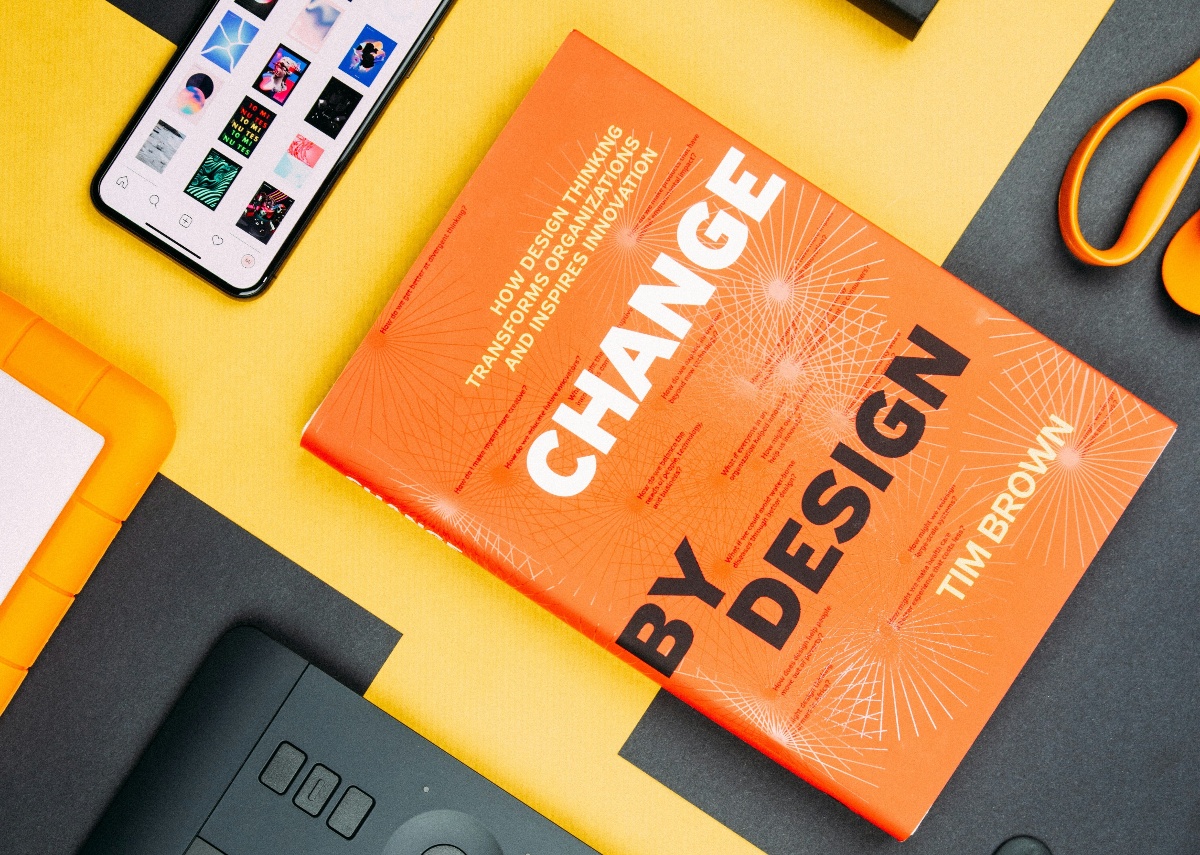
Using Learning Environment Modeling™ to Select Learning Technologies
For many organizations, the decision to select a certain learning technology such as a learning management system is time consuming, resource intensive, and at times, confusing.
How do you know if the technology will meet your needs?
Are you over-buying and wasting money?
Will people actually use the technology?
These are only a few of the many questions people who are charged with selecting learning technologies ask themselves. The problem is the answers are often not easily available.
This post discusses how you can make the best decisions when selecting learning technologies by focusing first on the desired learning experience.
What makes purchasing learning technologies so difficult?
One of the most important goals of any learning technology selection process is managing risk. Anytime a purchase is made, there is a level of risk involved. You’ve seen demos, experienced the user interface, and tried out a course, but there is still a level of risk that the technology doesn’t fully meet your current or future needs.
In some aspects, the selection team has to make the best possible decision with limited information. While these challenges exist with almost any technology selection process, what makes learning technologies different?
Learning technologies are extending the learning environment of your organization. This means they will fundamentally define how learning happens. For example, if your building only has traditional classrooms with chairs in rows, this will define the types of learning interactions that happen there.
The same is true with learning technologies.
If a learning technology follows a certain approach to learning, this will frame the learning experiences that it supports.
To ensure you are selecting the most appropriate technology, you will need to have a “learning first” strategy. This means starting with the types of learning experiences you are seeking and then selecting technologies that support that learning environment.
How can Learning Environment Modeling™ help?
At the Institute for Learning Environment Design, we think a lot about how to use technology effectively to support learning.
Learning Environment Modeling™ offers a unique window into the learning experiences you are seeking and helping to determine the technology and features that help support that vision. Learning Environment Modeling™ is a visual approach to mapping learning environments that use learning technologies.

In this example, there are several elements identified within the learning environment blueprint. At the top of each building block is the tile of the element. At the bottom is how it is represented in the learning environment. This is where the technology and specific features are noted.
Notice the features at the bottom of each building block indicate the technology features needed to implement the plan. This gives you a checklist and plan for selecting the best technology for your organization.
By modeling the learning environment first, you are able to develop a set of requirements for the learning technology that aligns with your vision for learning, instead of trying to fit your learning vision within a technology.
Using Learning Environment Modeling™ gives you a clear set of requirements and a plan for selecting and implementing learning experiences that make a difference.
We can help
If you are beginning or in the process of selecting a learning technology we can help. We can save you time and money while helping to develop a clear plan for successful learning experiences. Contact us and we'll be glad to schedule a conversation.
Subscribe To Our Blog
Most Popular
Post By Topic
- associations (2)
- blended learning (2)
- CLEA (3)
- community of practice (1)
- Continuous Improvement (1)
- covid (1)
- culture (1)
- customer engagement (1)
- Design Studio Session (7)
- designcast (2)
- E-Learning (2)
- engagement (1)
- equity (1)
- ILED (6)
- ILED Designcasts (4)
- Innovation (4)
- learning design (25)
- learning enviroments (21)
- learning innovation, (4)
- Learning Strategy (7)
- LEM Techniques (3)
- micro-credential (17)
- Powered by LEM (5)
- professional learner (2)
- Show Notes (4)
- Skills Gap (2)
- technology (3)
- Uncategorized (11)
- video (1)
- visualization (10)
- Workshops (1)






